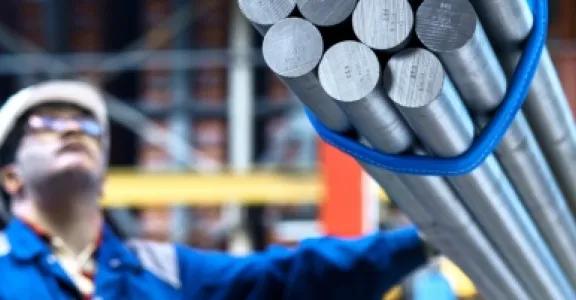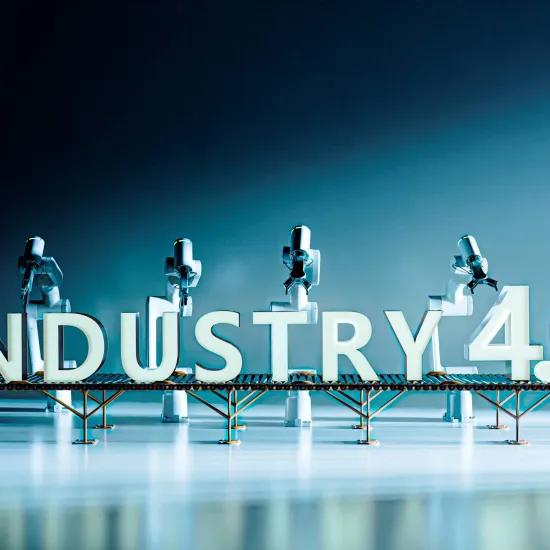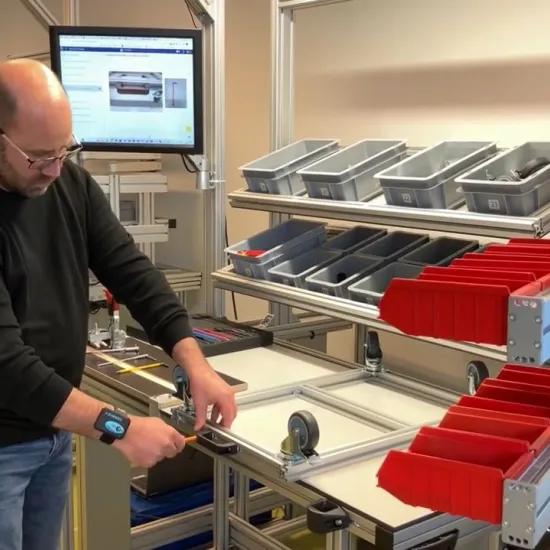Thyssenkrupp Materials wanted to boost the overall equipment efficiency of its metal sawing by increasing the productivity and availability of a hacksaw machine and cutting the cost of replacing its blades. This turned out to be extremely cheap and simple to implement.
Thyssenkrupp Materials helps its customers with countless types of materials and processes every day. The company offers a wide range of stainless steel, steel and aluminium from its own stock, through central warehouses and from its international partners. Customers can call on the materials specialist for all kinds of processing options, ranging from standard processing to the delivery of semi-finished metal products.
The company wanted to increase the productivity and availability of one of its hacksaw machines and cut the cost of replacing its saw blades in order to achieve overall equipment efficiency in metal sawing.
Overall equipment efficiency put into practice
Each production machine was connected to a box with three buttons and a status indicator with four lights of different colours. The box, in turn, received an electrical signal from the module that detects whether or not the machine is running. When the machine is running, the light is green. When the machine is stopped, the operator can choose from three buttons with configurable causes for the stop, e.g. defect (red), setting or transition (orange) or lack of material (blue). The box is connected to a dashboard that gives an overview of the status of the machine in the installation.
The production manager can see at a glance whether or not the machine is running. If it is not running, they can quickly and easily check why this is and for how long the device has been stopped. This saves a lot of time that would otherwise be spent walking through buildings to find out the status of the machines.
The tool provides statistics on the average performance per shift, an analysis of the used capacity of the various machines and insight into the main causes of production downtime and cycle times. Longer cycle times indicate that tools need to be replaced or serviced. The same analysis also clearly shows the set-up time between series. It is also possible to benchmark and compare machines or production locations. In this way, lessons can be learned from the better-performing units.
Numerous benefits
The essential benefits of this approach are more effective production and a better understanding of the causes of production stops. The implementation led to a 10 percent fall in the number of unplanned production stops. This yielded about 10 percent more revenue for the factory. The internal logistics, capacity and personnel planning were also improved. The sawblade replacement could be optimised based on the cycle time analysis.
The investment in the equipment, which was connected and configured in less than two hours, was low, as were the monthly software costs. The low total investment enables a short payback time.
Casebook 'Connected manufacturing'
On a 'transparent' factory floor, people know what is happening and why based on (real-time) production information. This allows targeted decisions to be made to optimise production by reducing lead times or by raising quality to improve competitiveness and productivity. Connecting production equipment with IT such as ERP or other systems is crucial for obtaining a transparent factory floor.
(Source picture: Thyssenkrupp)




